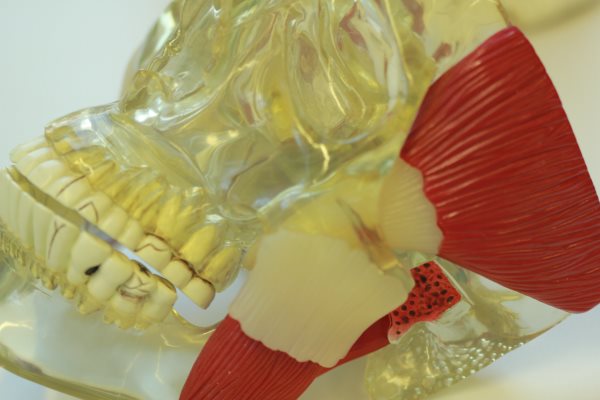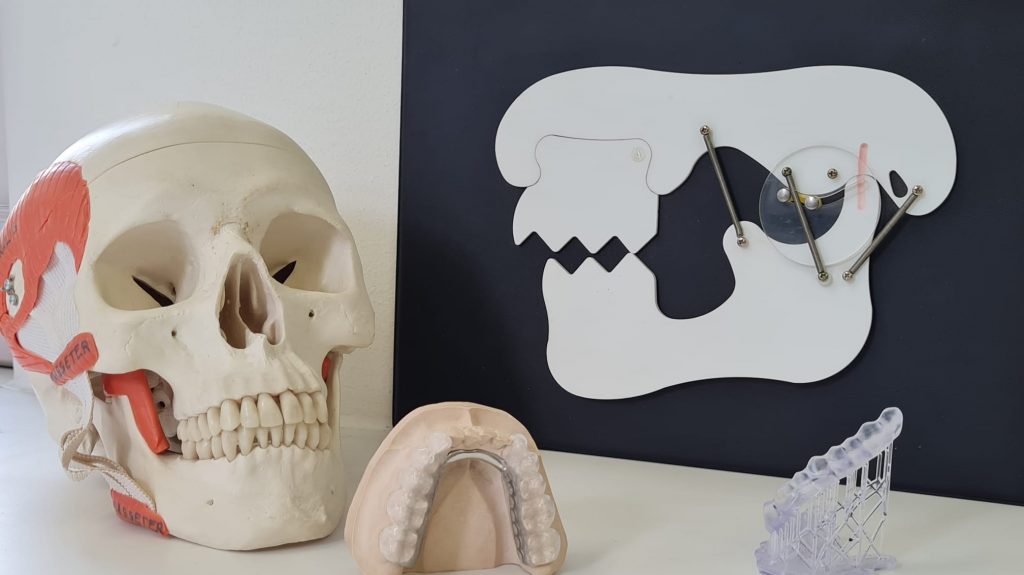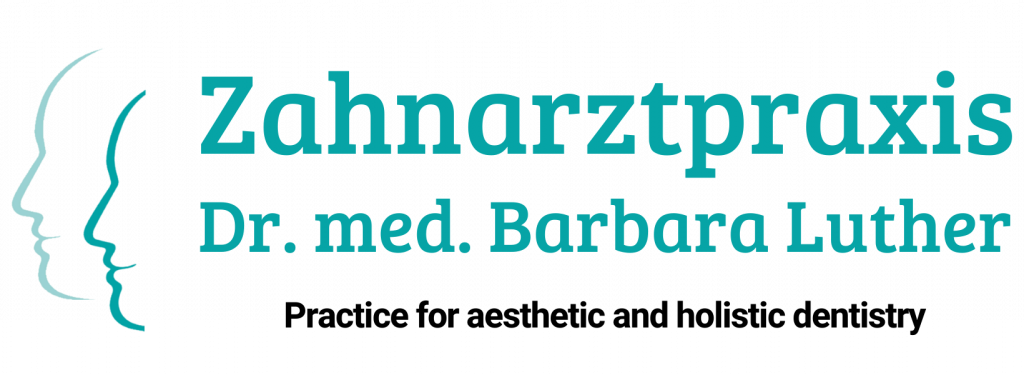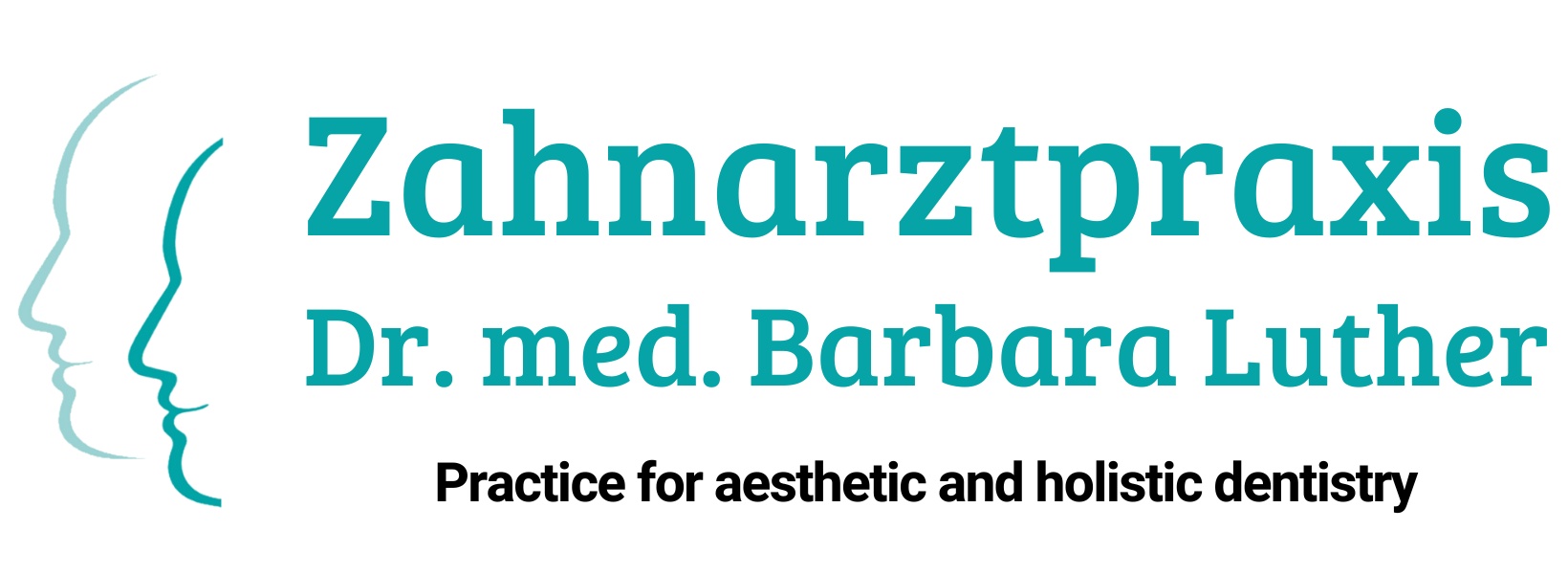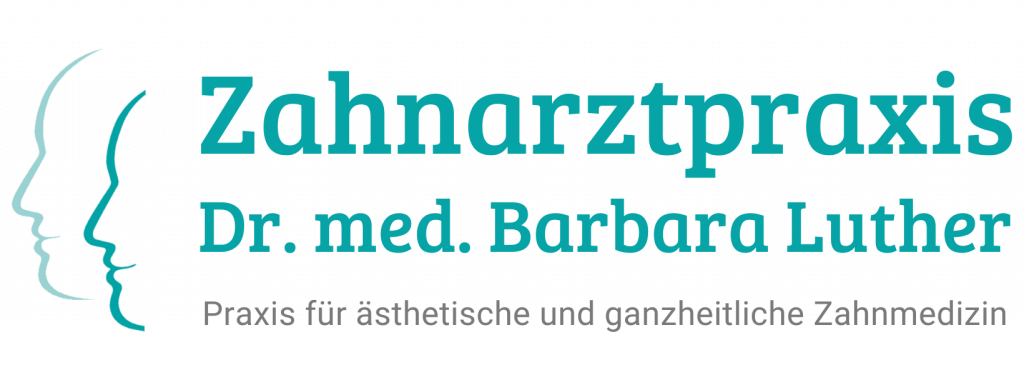CMD - temporomandibular joint and functional disorders
Functional disorders - temporomandibular joint and craniomandibular dysfunction (CMD)
Many people suffer from tension in the neck and shoulder area and pain in the cervical, thoracic and lumbar spine.
They may suffer from
- Migraine,
- Tinnitus,
- Cluster headaches,
- Trigeminal neuralgia etc.
These problems are very often related to malfunctions of the masticatory muscles and temporomandibular joints. This is referred to as craniomandibular dysfunction (CMD for short).
If you have any questions, we will be happy to advise you and are available for a personal consultation.

General information
Causes and advice
Functional disorders with their chronic pain symptoms are the most common in the orofacial system alongside carious diseases and periodontal disease. The so-called craniomandibular system can have a major influence on the entire body.
A change in the bite position, for example due to missing or tilted teeth, lengthening and thus disturbances in the occlusion, unfavorable positional relationships due to incorrect orthodontic regulation, incorrect reconstructions with crowns, bridges or fillings that are too flat, parafunctions such as clenching or grinding and their consequences can often be seen in the missing incisal edges or enamel cracks. They have a negative impact on the function of the temporomandibular joint that should not be underestimated.
They also cause a high percentage of our fellow human beings a variety of pain conditions such as muscle, facial, neck and shoulder pain, hormonal disorders, headaches, migraines, tinnitus and particularly often back pain. Diagnosis and treatment is therefore a particularly important dental task, which must be seen in conjunction with cooperating specialties, e.g. orthopaedics.
With early detection and dedicated therapy planning, successful treatment can often be carried out at an early stage.
This demonstrates the dentist’s holistic responsibility for the health of the patient’s entire organism.
The aim is not only to be able to treat patients successfully by working together with other specialists, but also to prevent diseases in advance and to recognize and treat possible pain-free diseases of the craniomandibular system.
This is why so-called “functional diagnostics” play an extremely important and central role in the conceptual examination and assessment of findings.
The effect of dental treatment is therefore not only related to the jaw and facial area, but is always closely linked to the entire human organism.



Anatomical advice
The temporomandibular joint system is arranged in pairs. It is the only joint in our body that can perform three-dimensional movements. The lower jaw is connected to the overall posture of the head and spine by the muscles that attach to it.
This means that the way the teeth bite together determines the position of the temporomandibular joint heads and these in turn have an effect on the immediate surroundings through the connecting muscles, especially the very strong masseter muscle, as well as on the more distant areas such as the head, neck, nape, shoulders, cervical, thoracic and lumbar spine. This means that the masticatory system with its various anatomical and neuromuscular structures has an influence on the entire organism.
If there are disorders in one of these mutually influencing structures or in their interaction, this can also lead to pathological changes in this area and/or in areas other than the musculature, jaw and facial area.
The position of the temporomandibular joints therefore receives a great deal of attention in our everyday practice.
The dentist must not only pay attention to the so-called craniomandibular system, but is also obliged to carefully observe the entire organism and to recognize problems of the entire organism through targeted questioning and discussions with the patient. However, it is extremely important that your dentist has the know-how to oversee and manage the examination measures and the subsequent treatment and therapy, as this treatment involves a great deal of responsibility towards the patient.
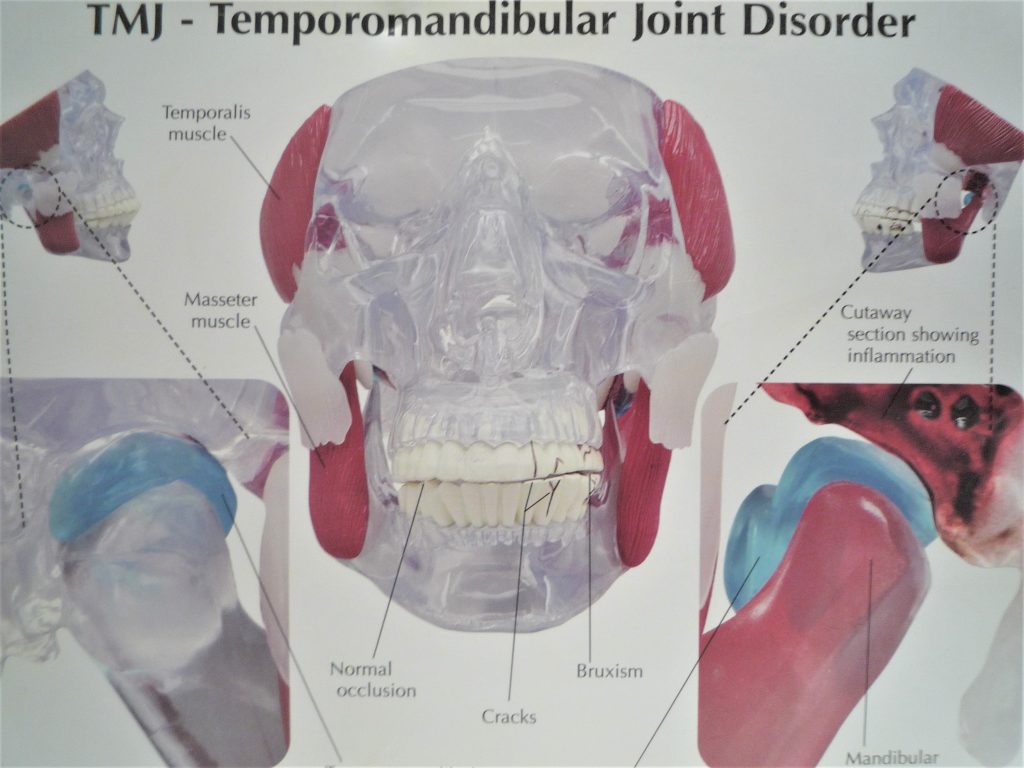
Some causes and treatment tips
- Many of those affected are not even aware of a direct connection between these complaints and such a disorder. These patients often go through an odyssey of visits to doctors with many attempts at therapy, ranging from orthopaedists, physiotherapists, physiotherapists, neurologists, psychotherapists to pain consultations etc.. The complaints are often not associated with a CMD of their masticatory system. CMD is a malfunction of the temporomandibular joints in connection with the masticatory muscles. For this reason, such chronically ill pain patients should always be examined to check whether the masticatory system is functioning properly and the bite position of the teeth is correct. Over time, unrecognized functional disorders of the masticatory organ can also lead to damage to the health of other body organs.
Around 4 million people suffer from a demonstrable dysfunction of the masticatory system. However, most of them do not know that the cause of their complaints lies in their masticatory system if they suffer from diseases of this kind. The importance of well-functioning temporomandibular joints and their positive effect on many chronic diseases is often underestimated or not recognized. This therefore offers an immense opportunity for genuine recovery of the entire organism.
- The upper and lower jaw are connected by temporomandibular joints, which occupy a very special position in our body. It is the only joint that is arranged in pairs and can perform movements in several directions. No other joint in our body can do this.
The lower jaw is connected to the rest of the head by the very strong muscles (masticatory muscles). The supplying nerves reach as far as the last tooth and muscle. Even slight early contact causes the lower jaw to become misaligned. The consequence of this is a permanent overloading of the muscle pull on the temporal region, on the muscles of the cervical vertebrae, which continues upwards into the occiput, but also downwards into the lumbar spine.
The muscle action is controlled by nerves whose center is located in the brain. People under great emotional stress often react by unconsciously grinding or clenching their teeth (especially during sleep or when trying to concentrate hard) in order to cope with the stress. This often leads to signs of wear on the incisal edges, canine tips or lateral tooth surfaces of the molars.
Jaw joint noises such as rubbing or cracking, with or without pain, indicate a pathological change in the joint.
Other causes include congenital abnormalities, dental restorations that are not optimally fitted, fillings or a tooth that has grown out and has no antagonist (opposing tooth).
The longer these causes are allowed to take effect, the more damaging the effects will be.
Certain methods can be used to examine these patients to find out whether the problems have dental or orthopaedic causes.
The so-called manual or instrumental functional analysis provides us with information on this.
The values of these results are transferred to a special device that can simulate chewing movements.
In this way, any malfunctions in the function of the teeth in relation to each other are detected.
A special occlusal splint is then made to eliminate the malfunction and relax the temporomandibular joint and chewing muscles. Pain symptoms disappear when the splint is worn and only then is the bite readjusted according to the splint. The splint is worn for at least 22 hours a day for approx. 4 to 6 months. This allows the neuromuscular system to readjust and the tension, headaches, spinal and pelvic problems etc. disappear or are significantly reduced.
Further dental treatment is followed by prosthetic restorations. The splint is also the appropriate and necessary therapeutic tool for preparing the final restoration of your dental apparatus.
This course of treatment requires a great deal of responsibility towards the patient, i.e. the dentist and dental technician must have the necessary know-how and experience.
Patients should seek extensive advice in advance, communicate with corresponding doctors and find out who has experience in this field.
Some of the costs are covered by health insurance. They are different for each patient, depending on the amount of work involved and the length of the treatment with the corresponding examinations.
If you have any questions, we will be happy to advise you and are available for a personal consultation.
